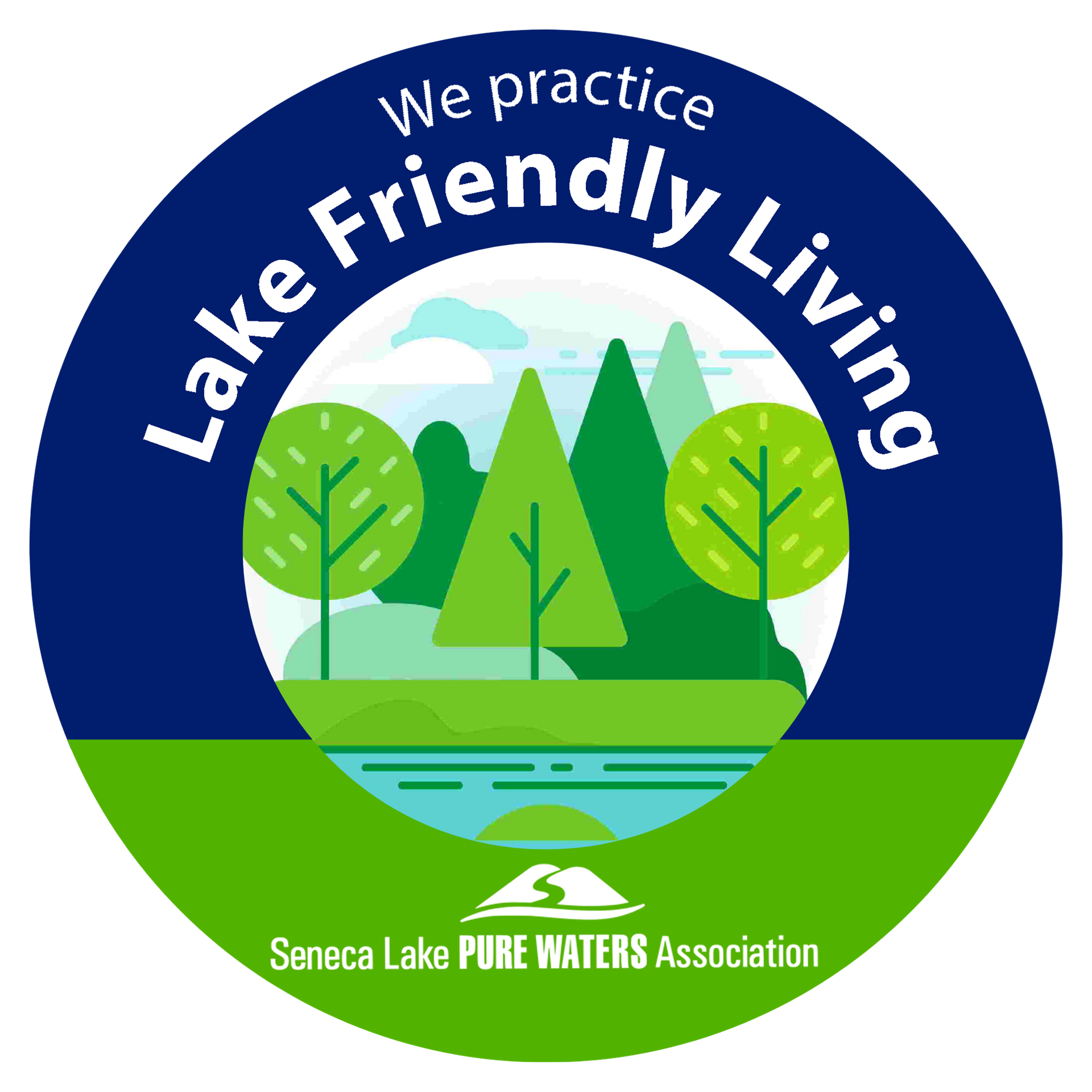Stream Monitoring
| Lake Monitoring
| Shoreline Monitoring for Cyanobacteria (HABs)
|
Nutrient Pollution is a Problem
Nutrient pollution is one of America’s most widespread, costly and challenging environmental problems, and is caused by excess nitrogen and phosphorus in the air and water. Excessive nitrogen and phosphorus that washes into water bodies and is released into the air are often the direct result of human activities. The primary sources of nutrient pollution are:
- Agriculture: Animal manure, excess fertilizer applied to crops and fields, and soil erosion make agriculture one of the largest sources of nitrogen and phosphorus pollution in the country.
- Stormwater: When precipitation falls on our cities and towns, it runs across hard surfaces – like rooftops, sidewalks and roads – and carries pollutants, including nitrogen and phosphorus, into local waterways.
- Wastewater: Our sewer and septic systems are responsible for treating large quantities of waste, and these systems do not always operate properly or remove enough nitrogen and phosphorus before discharging into waterways.
- In and Around the Home: Fertilizers, yard and pet waste, and certain soaps and detergents contain nitrogen and phosphorus, and can contribute to nutrient pollution if not properly used or disposed of appropriately. The amount of hard surfaces and type of landscaping can also increase the runoff of nitrogen and phosphorus during wet weather.
.png)

